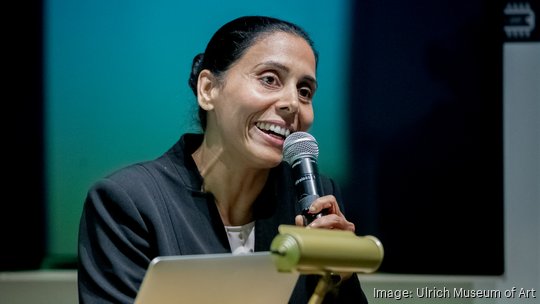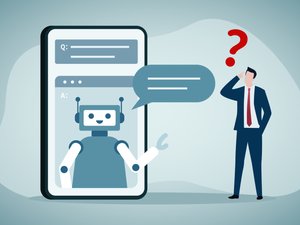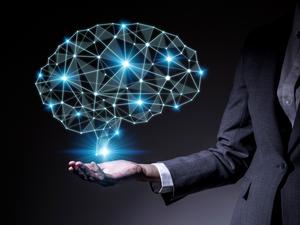
Seeing is believing. Unless it's not.
The assumptions of what we see and hear are just that now: assumptions. The rapidly evolving science of deepfakes has seen to that.
Deepfakes are formed from artificial intelligence called deep learning, which can manipulate images and video — for starters — and alter what's being said or who appears in a photo.
Or better yet, create them from scratch.
"The generative technologies are getting better and better in terms of quality," said Ajita Rattani, an assistant professor in the department of electrical engineering and computer science at Wichita State University. She's also director of the university's Visual Computing and Biometric Security Lab.
She's got an eye out on deepfakery. But even the human eye isn't good enough.
"In some of the earlier deepfakes, we could spot visual artifacts through human eyes," Rattani said. "But these days there is a different quality due to the quality of generating techniques."
To be clear, deepfakes are not the kinds of manipulation that can be done with simple, conventional and affordable computer software.
Those are cheapfakes — much of the detectable social media images seen on Twitter, TikTok and Instagram. Those efforts are often detectable by the lay person and not meant to do much more than entertain or suggest by deception.
"The human eye may be able to detect a spot by looking at the synchronization between media," Rattani said, "but again, it's more difficult day by day."
During a presentation at Wichita State's Ulrich Museum of Art last week, Rattani offered up side-by-side photos of a smiling woman whose face had been artificially replaced by another smiling woman's face — even though the face used as a basis of the replacement wasn't smiling.
"There's a battle between deepfake detection and deepfake generation techniques," Rattani said. "The more advanced the deepfake detection techniques, there's much more advanced deepfake generation techniques to look for the deepfake detectors. There's an arms race between them."
Deepfakes can also have an effect on business. Authentication strategies that use face or body recognition are closer to being compromised as generation techniques continue to improve.
"All the e-commerce business and all the secure online transactions which have been protected using biometrics, they could be affected by deepfakes," Rattani said. "Especially the biometrics, it's a major threat."






